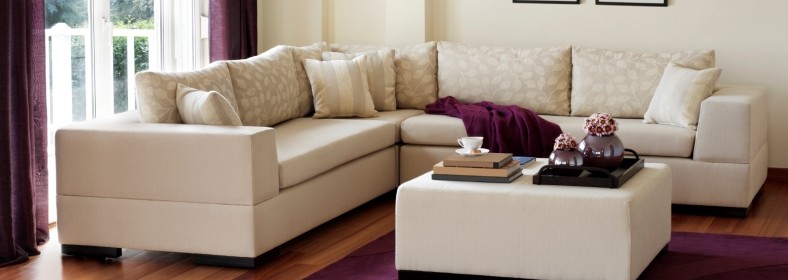Replace Your Foam Instead of Buying New Cushions
 Written by The Foam Factory, Inc.
Written by The Foam Factory, Inc.
When you purchase a sofa, couch or chair, you have expectations for its quality and want it to last for years – if not decades. But far too often, people wind up replacing their furniture pieces after just a few years because they are no longer comfortable to sit in. In many cases, the problem isn’t with the furniture itself – it’s with the cushion filling.
Most new cushions are filled with foam that is designed to be comfortable while also providing support for a person’s pressure points when sitting. Over time, the foam becomes compacted under the weight of people sitting in the same point. Eventually, the foam loses its ability to bounce back to its original shape and density, leading to it no longer feeling comfortable.
When this happens, many people decide to either buy completely new sofa or chair cushions or just get new furniture. These are both expensive and drastic solutions to a common problem. A better choice is to simply get foam that can be inserted into the cushions. By purchasing high quality foam, homeowners can find the perfect material that will be comfortable and durable at a fraction of the cost of replacing their cushions.
Putting new foam into existing cushions is easier than most people think. If you can measure your cushion covers, you can get a piece of foam that will be a great fit. Even if you have a couch or chair with a uniquely-shaped cushion, it’s easy to get custom foam cushions at a reasonable price that will be a perfect match.
The Foam Factory, Inc. has been in the business of providing foam products to their customers for more than 30 years. The family-owned business takes pride in the quality of their products and their customer service.
